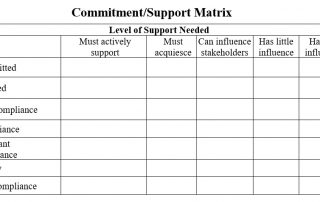How to Use Workplace Situational Influence to Your Professional Advantage
Situational influence, as the name suggests, is the level of influence at the current moment. Historically, this topic is heavily discussed and analyzed in marketing and psychology. This blog provides a brief overview of situational influence from these two important perspectives, then expands on them into my area of study: influence between individuals in the workplace. In the marketing world, situational influence is a deeply researched, well-known, and respected area of research, focused on producing best practices for creating an environment in which customers buy products in physical locations, and more recently, internet-based retail outlets. It considers customer-based buying factors, such as the product’s physical surroundings, customers’ social interaction with others, the emotional reason to buy, immediacy of product availability, and other related factors. The next time you walk into a store and wonder why you are tempted to buy products you originally had no intention of purchasing, it’s because [...]










